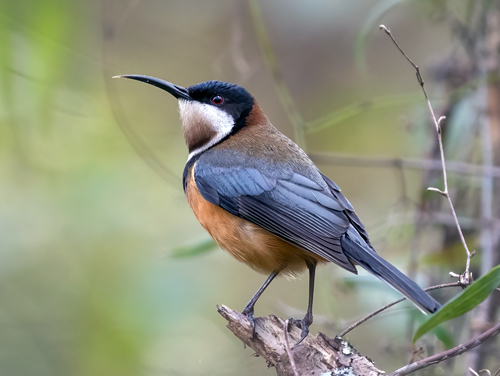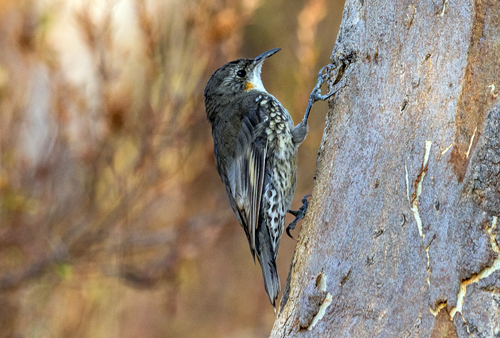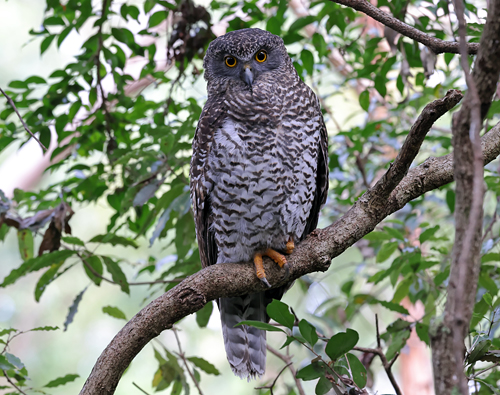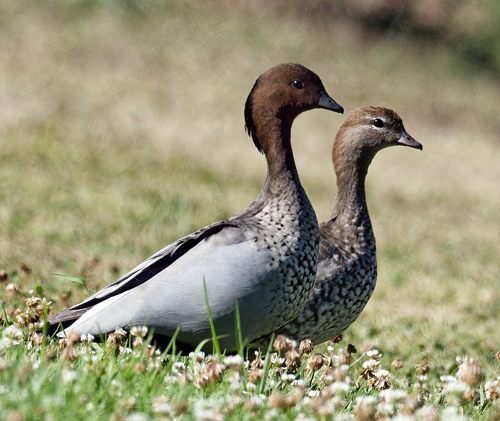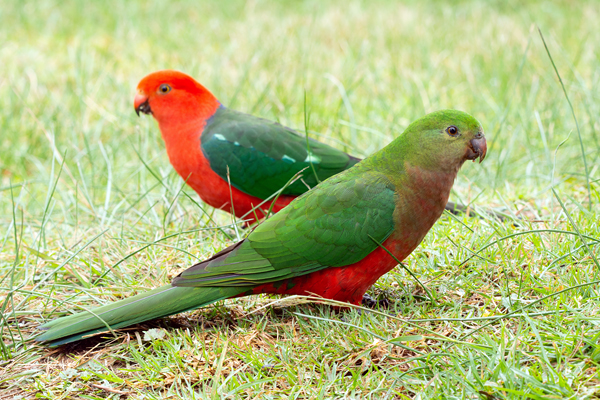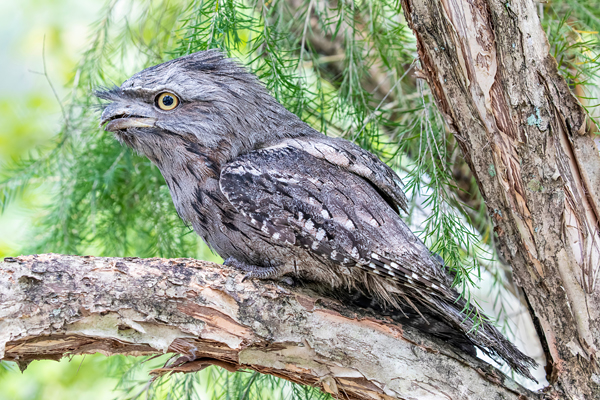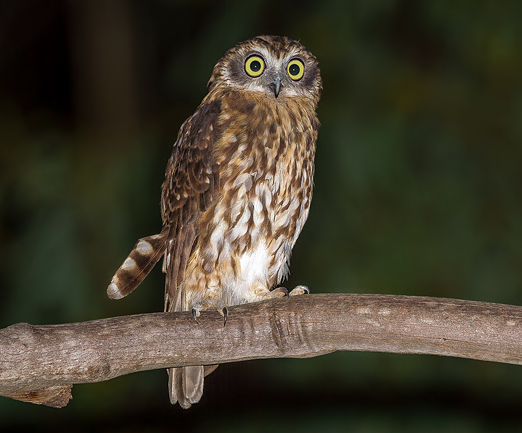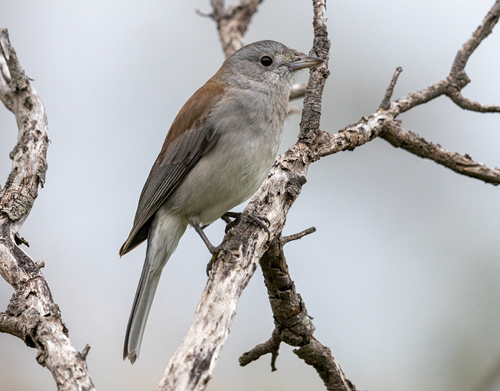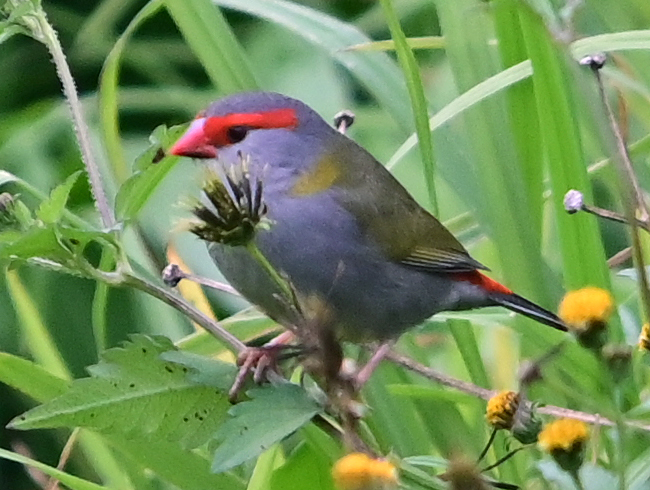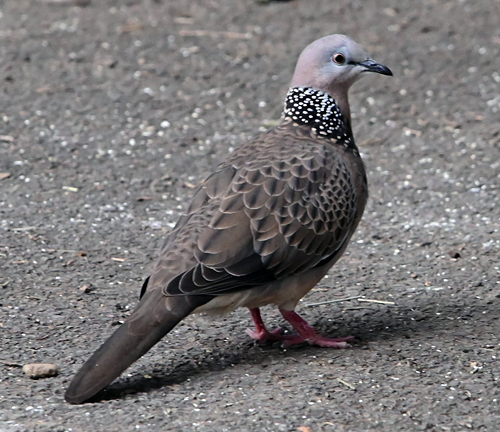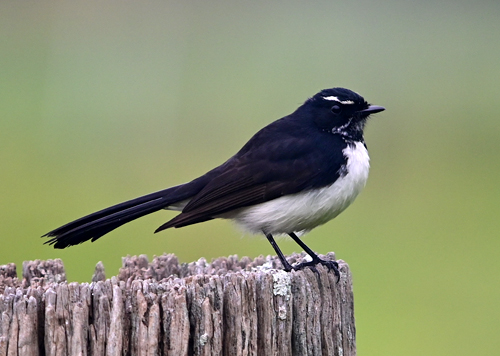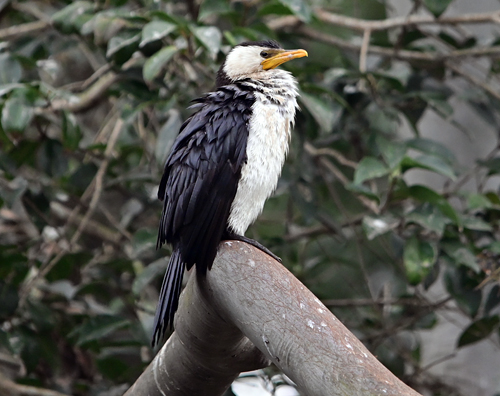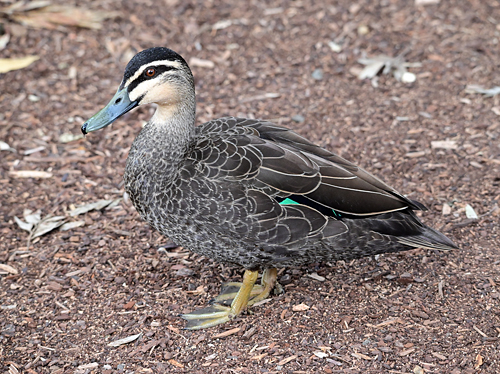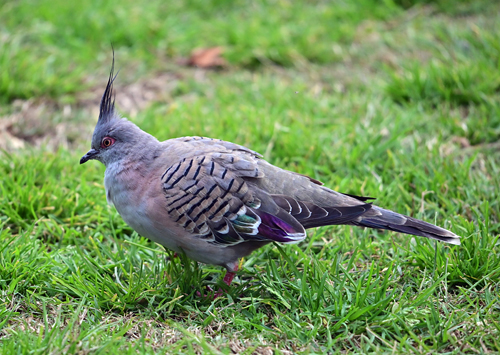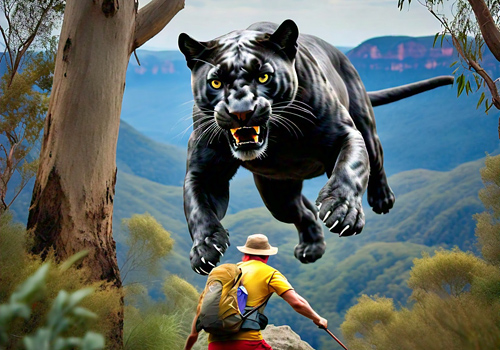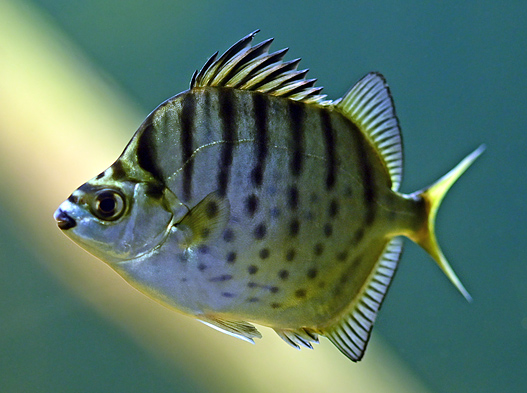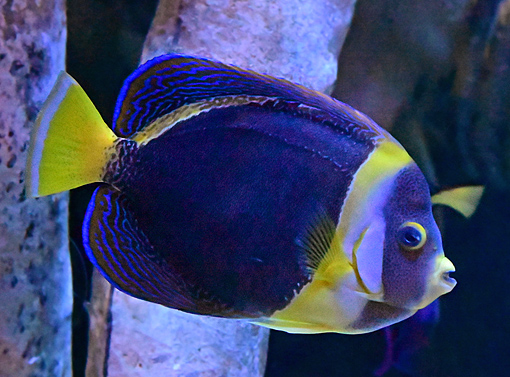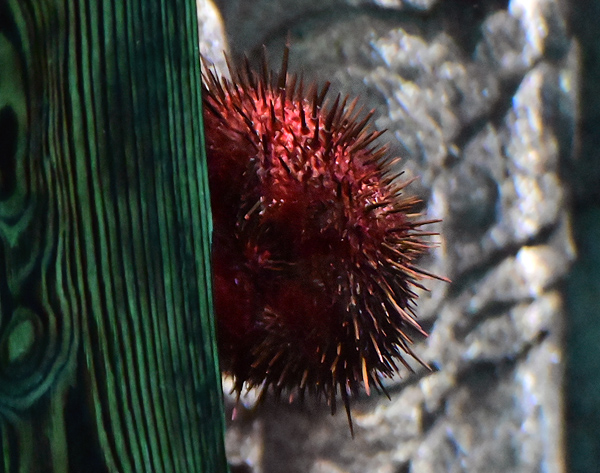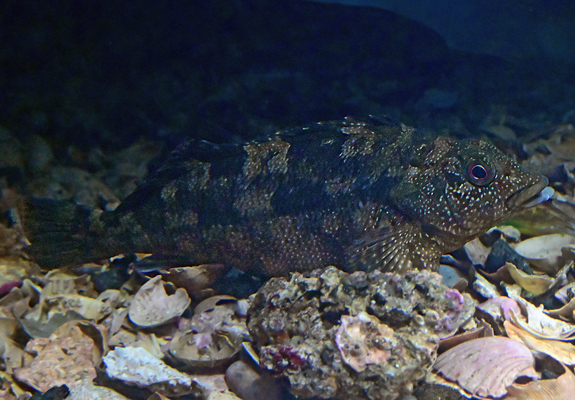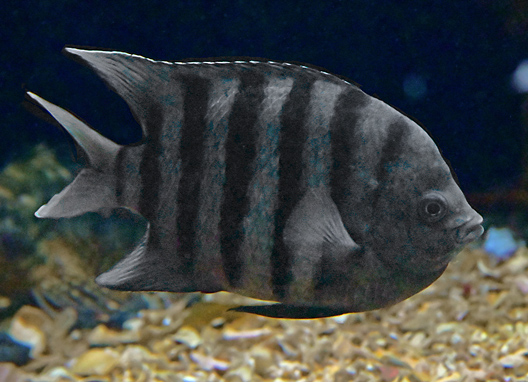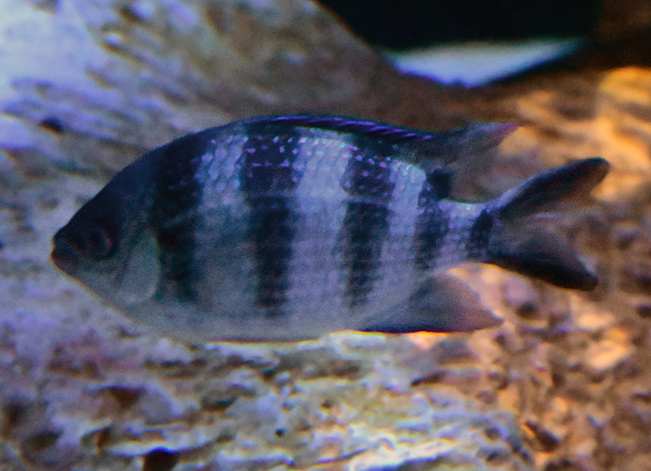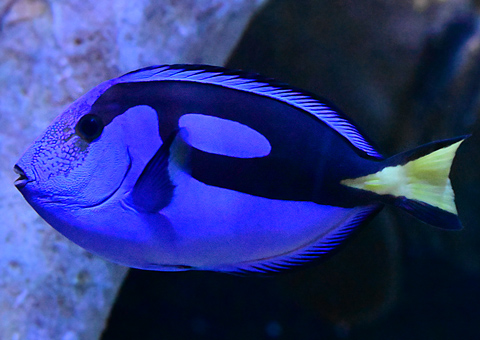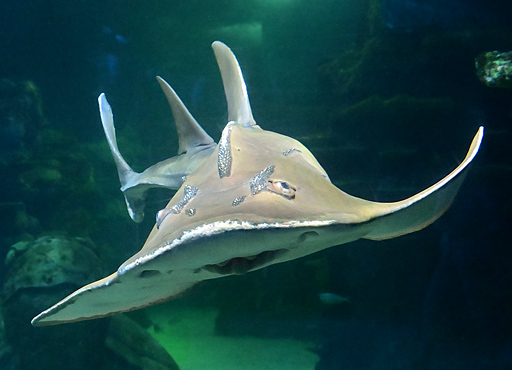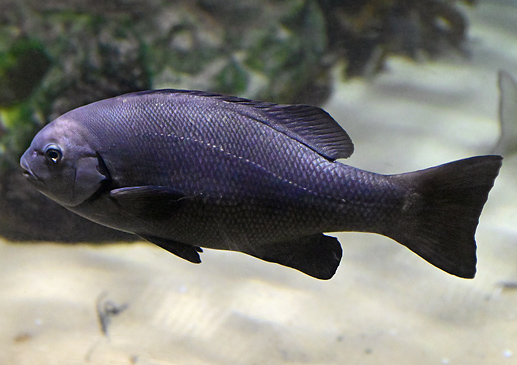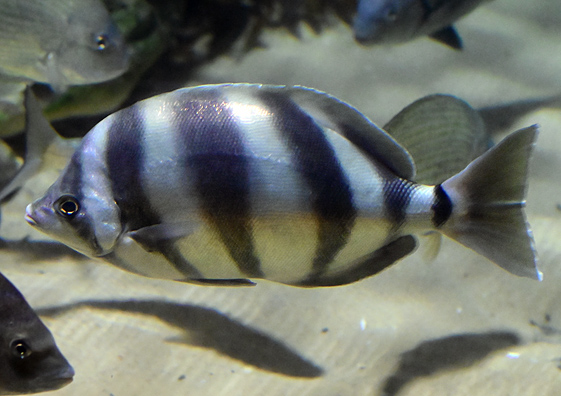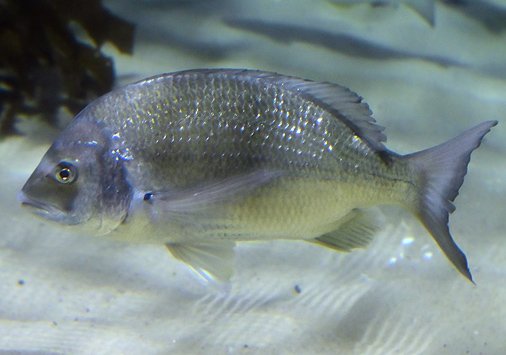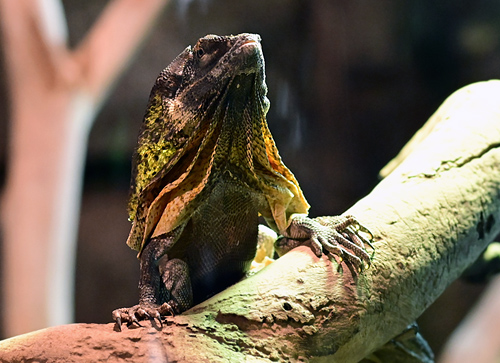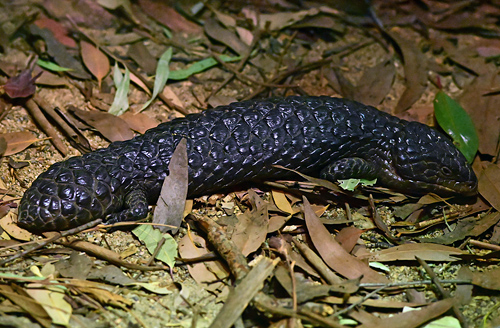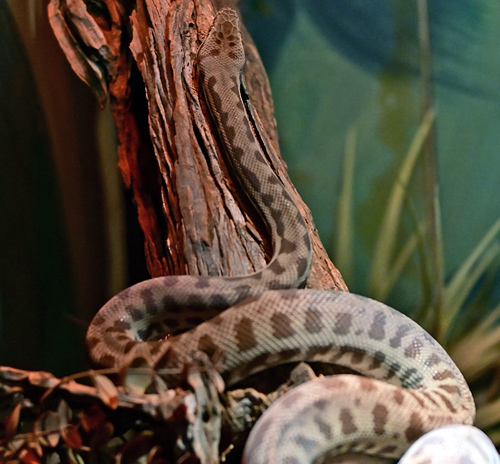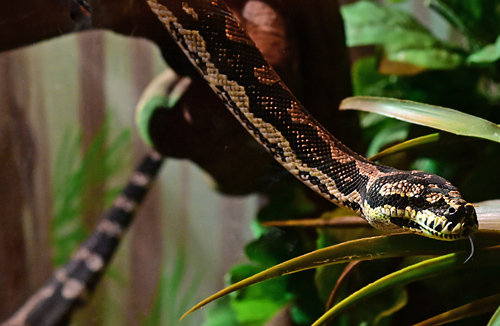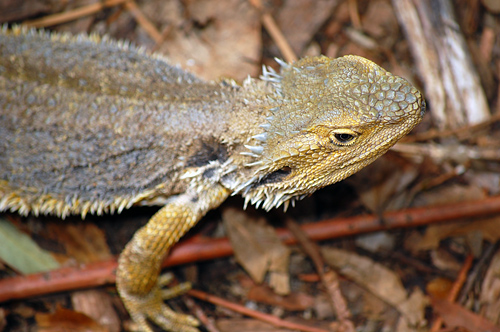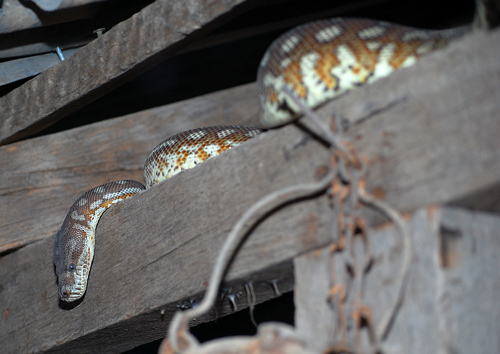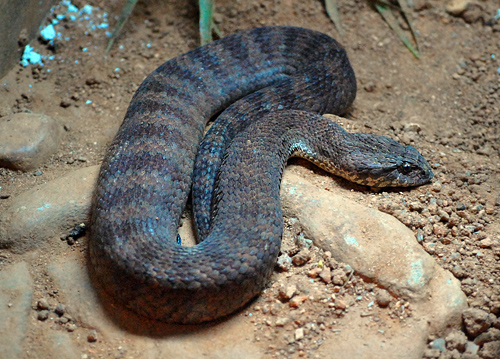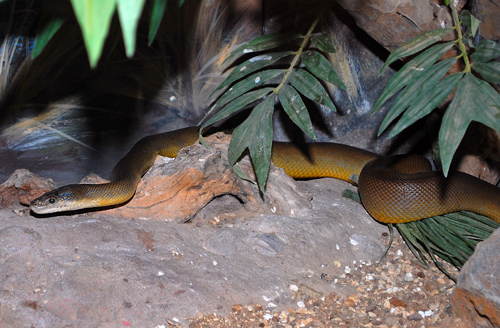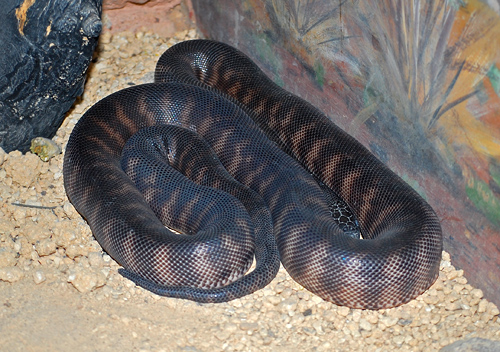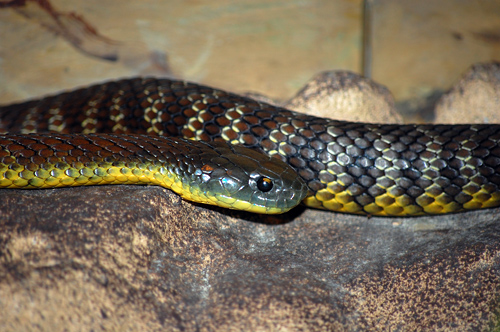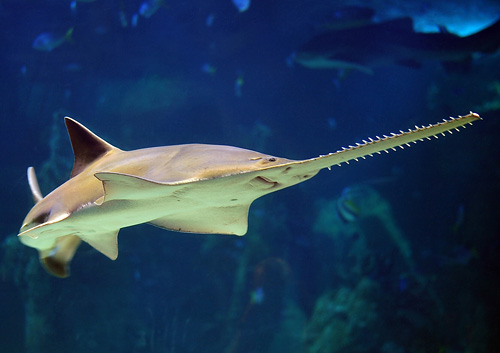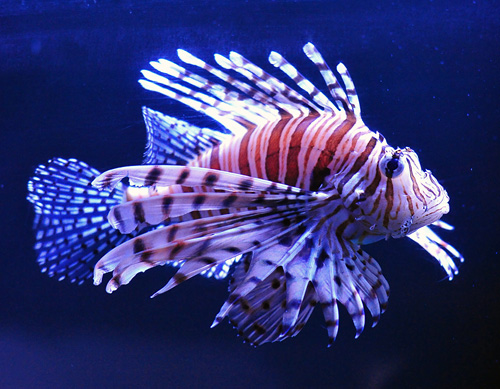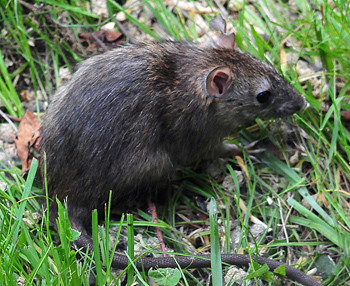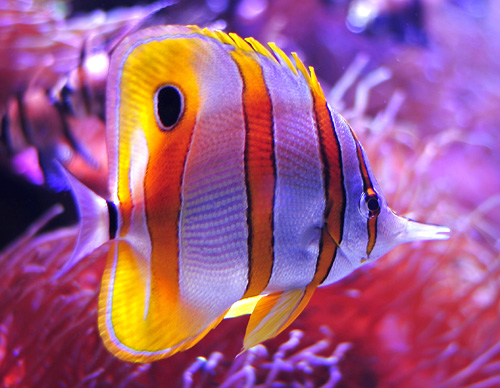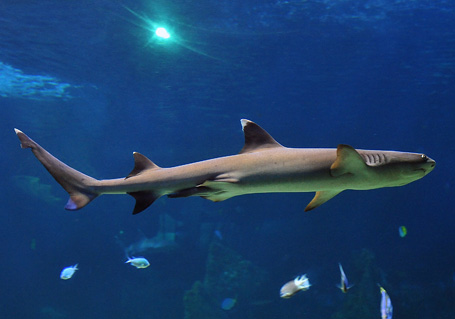Red Fox
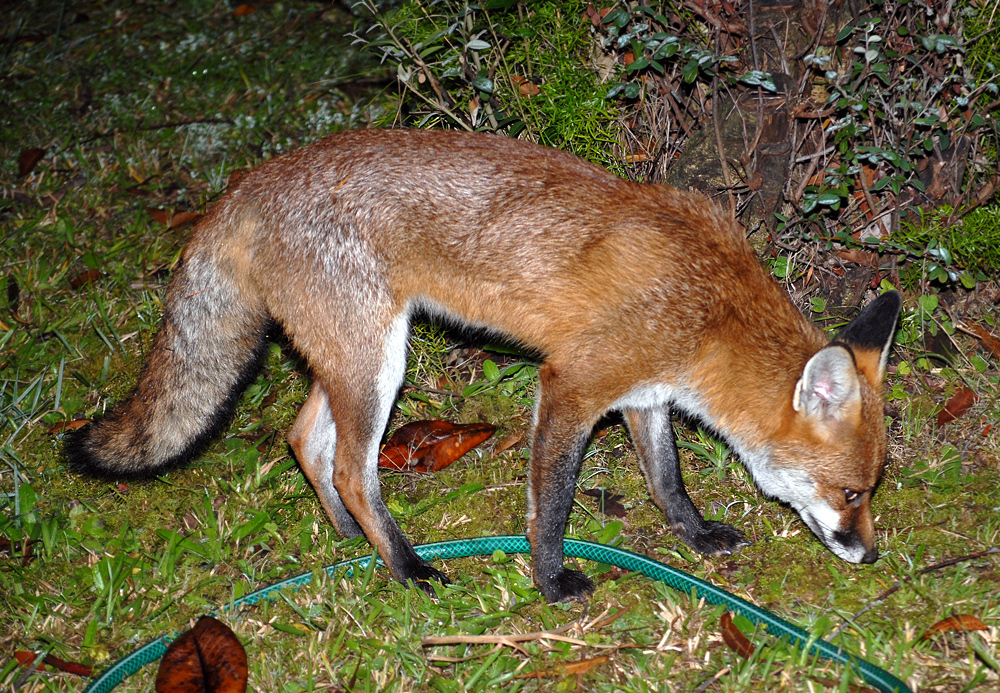
Vulpes vulpes
Introduced From: 1
Size: Head to body: Males 61-74 cm, Females 57-67 cm. Tail: Males 36-45 cm, Females 38-43 cm
Family: Canidae (Canines: Dogs, wolves, foxes, dingoes, etc.)
Distribution: All of Australia except the northern tropical parts and some parts of Tasmania and the other islands.
Status: Abundant
Habitat: Almost any: Desert to alpine climates. Wild and urban areas. Outside urban areas, it appears to be most abundant in lightly wooded areas that are typically found in agricultural landscapes offering a wide variety of shelter and food.
References: Van Dyck, Gynther and Baker, Menkhorst and Knight, Wikipedia, Australian Government Department of Sustainability.
About the Red Fox
The red fox was deliberately introduced into Australia for recreational hunting in the mid 1800s. Within 100 years they spread over most of Australia. They have played a major role in the decline of a number of species of native animals and they also prey on newborn lambs. Control of foxes relies heavily on conventional techniques such as shooting, poisoning and fencing.
During the day, the fox sleeps in dens, logs and other shelter - it is mainly active at night. The fox eats almost anything, scavenging and preying on whatever is available. Its main food source is small animals, but it also eats insects and fruit, particularly in summer when preferred prey is less abundant.
Red foxes are usually super stealthy and shy, and immediately run away from people. Very occasionally, if cornered and unable to escape they may attack people. I was outside at around 2-3 am when the fox below (in the pictures with the hose and cage) approached me. I was amazed because every other fox I've ever seen has run away as fast as it could as soon as it saw me. It slowly walked up to me within about 1-2 meters away and stopped, looking at me. I was considering whether or not I should try to pat it, and decided I didn't want to stick my hand in front of a wild fox's mouth. Then I said gently "Hey Mr Fox" and it spooked a little and backed off somewhat. Then it started snooping around my guinea pig cage (which is fox proof). I went upstairs to get a camera and a big flash gun, and the fox was still there. I took these pictures and then it got sick of the flash and ran off.

Image: Lower Blue Mountains NSW. Higher Resolution 3479 x 2319.
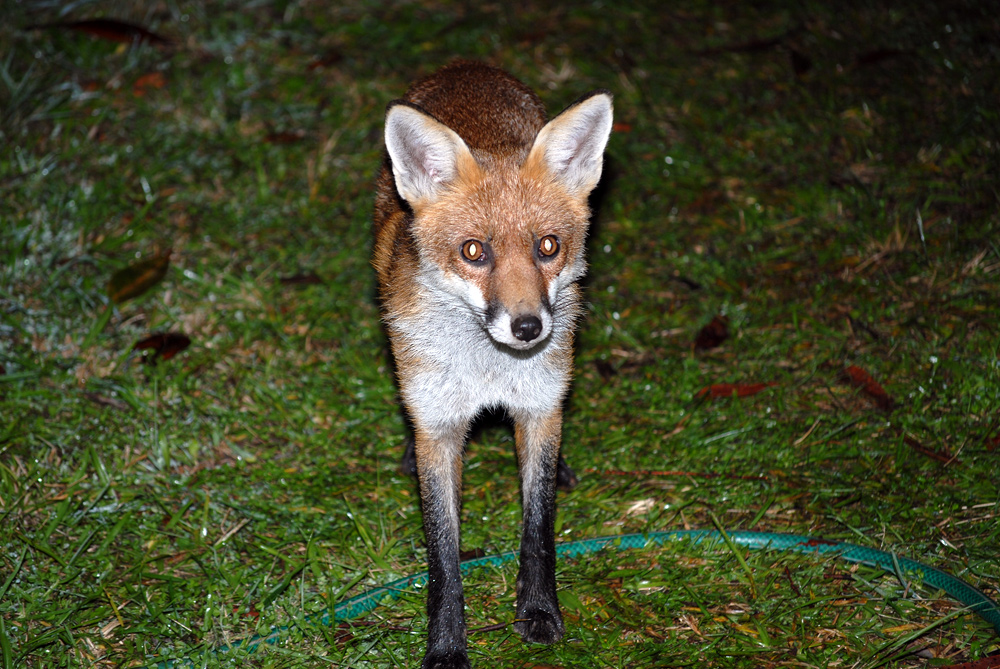
Image: Lower Blue Mountains NSW. Higher Resolution 3872 x 2592.
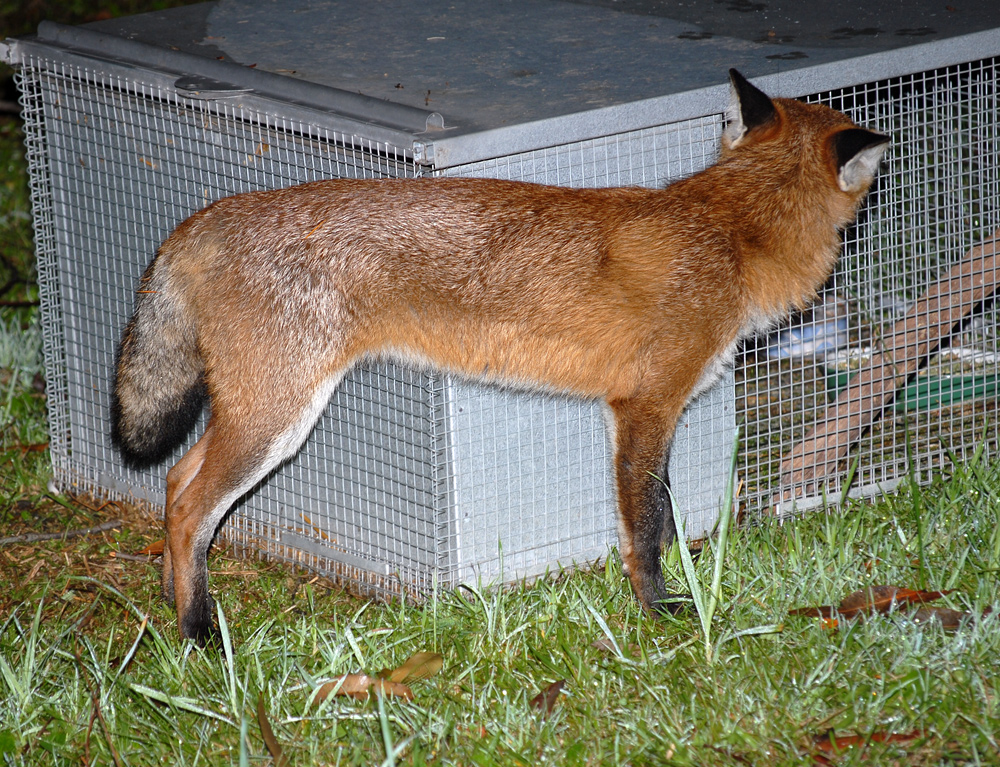
Image: Lower Blue Mountains NSW. Higher Resolution 3872 x 2592.
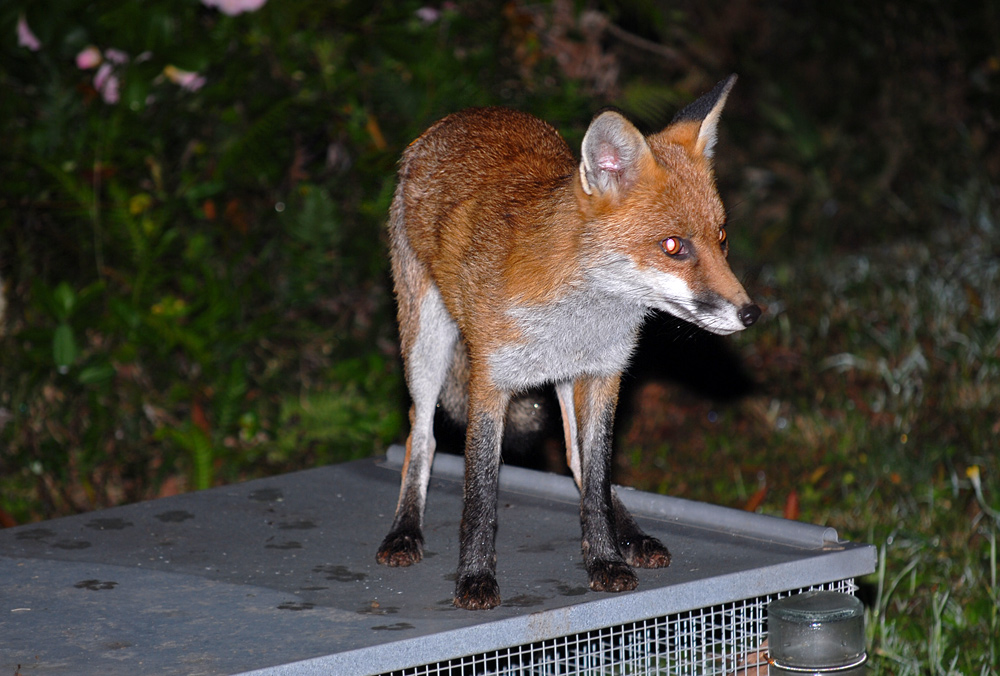
Image: Lower Blue Mountains NSW. Higher Resolution 3872 x 2592.
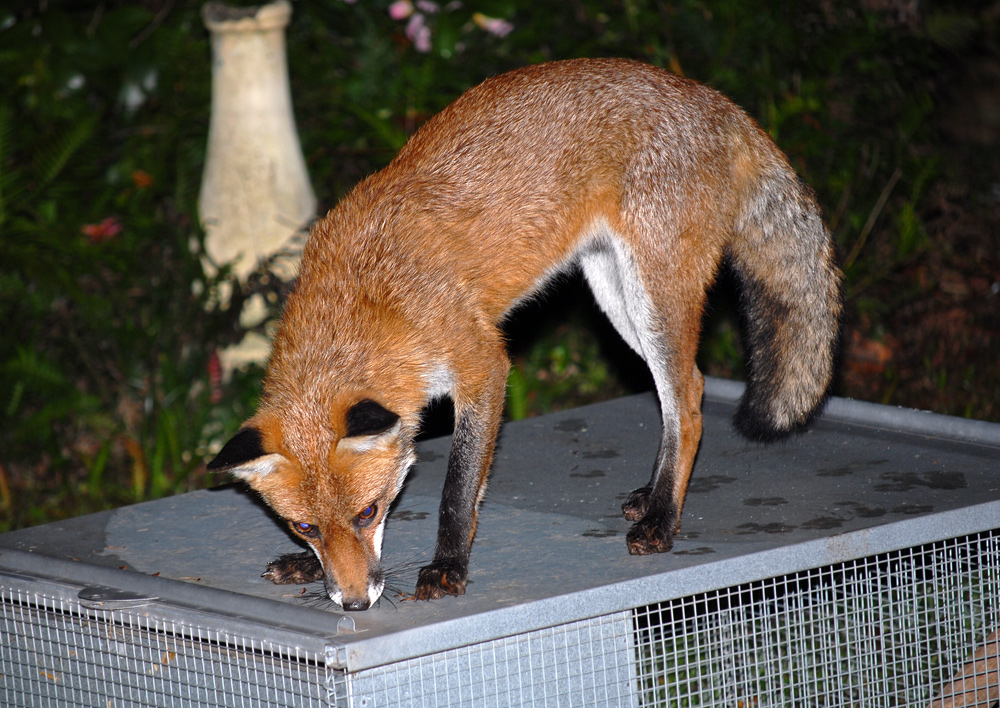
Image: Lower Blue Mountains NSW. Higher Resolution 3656 x 2592.
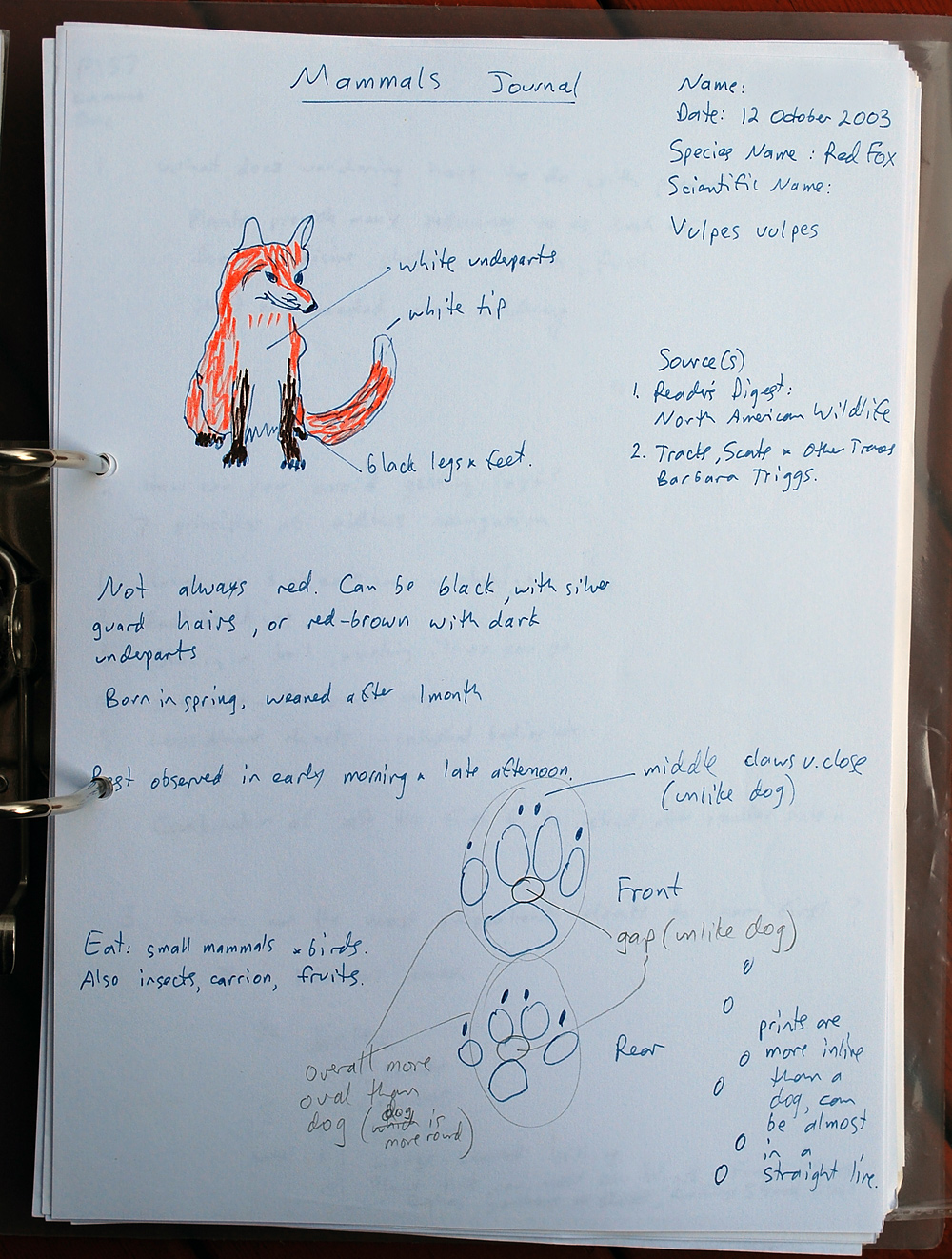
Image: Lower Blue Mountains NSW. Higher Resolution 2000 x 2644.

Photo: Kamana 1 course, 2003.
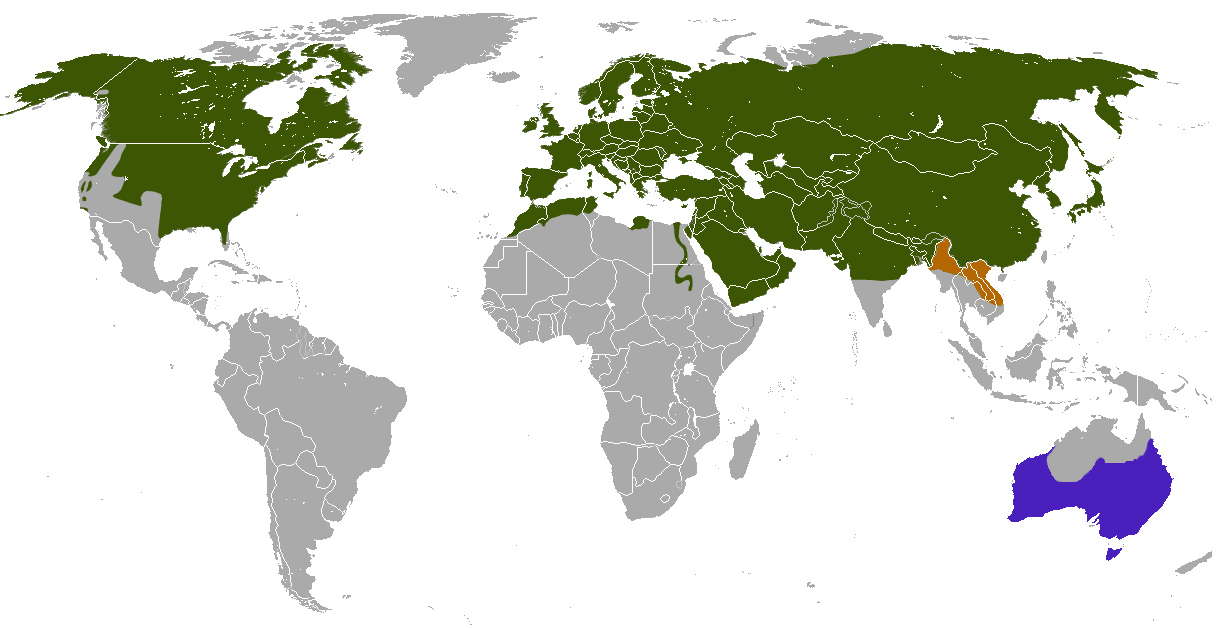
Distribution of Red Fox. Green = native range, purple = introduced, brown = presence uncertaion. Image by Zoologist at Wikipedia.
See Also
Australian Birds
Australian Reptiles
Australian Frogs
Australian Fish
Australian Spiders and Their Faces
Australian Wild Plant Foods
Return to Australian Mammals



